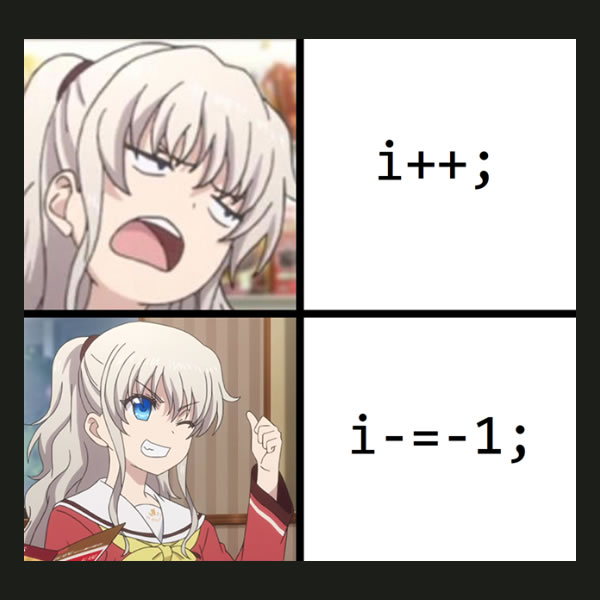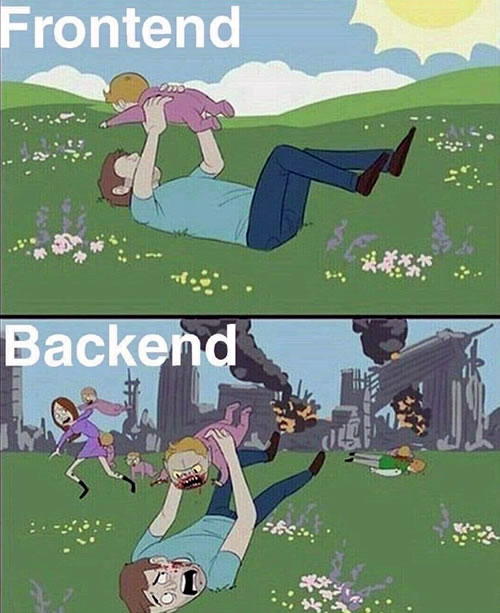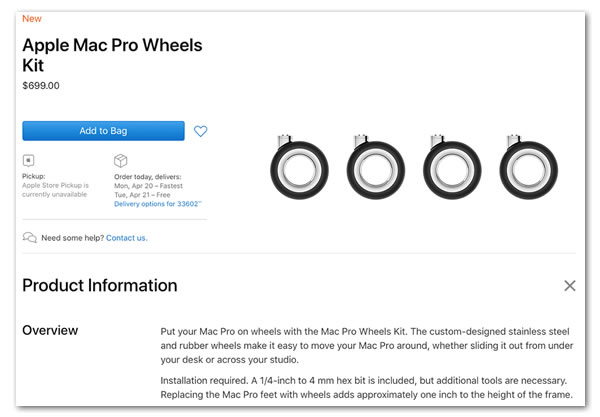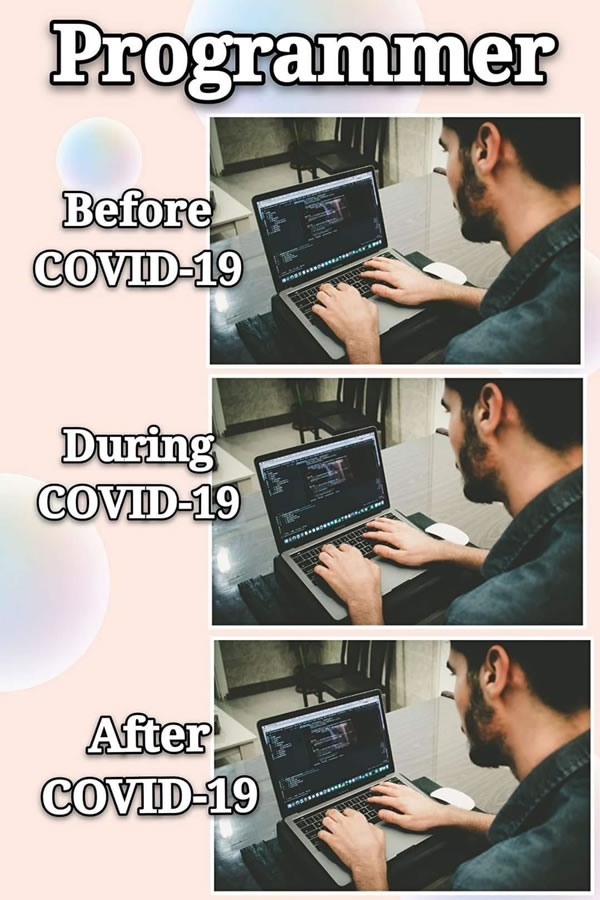
Unfortunately, you can do neither in Swift. The ++ operator has been gone since Swift 3, and the closest Swift will let you get to the cool anime way of incrementing is i -= -1. There has to be a space between the -= and -1; otherwise you get hit with this error message: Use of unresolved operator ‘-=-‘





